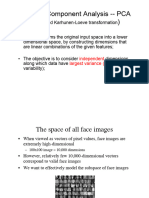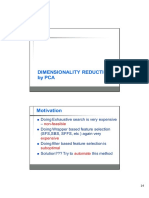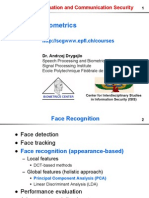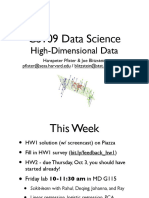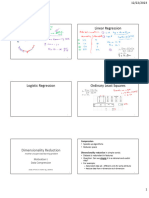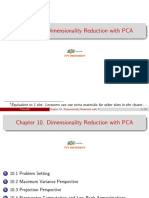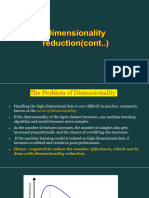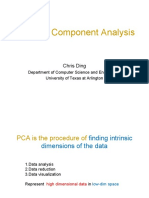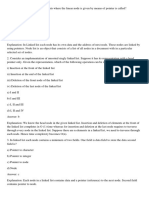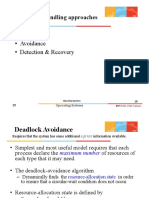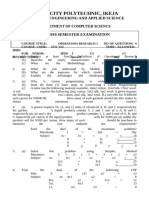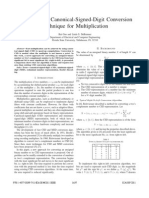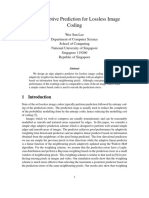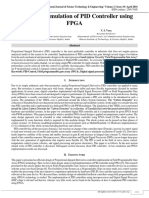0% found this document useful (0 votes)
70 views63 pagesDim Reduction & Pattern Recognition
Uploaded by
Dharaneesh .R.PCopyright
© © All Rights Reserved
We take content rights seriously. If you suspect this is your content, claim it here.
Available Formats
Download as PDF, TXT or read online on Scribd
0% found this document useful (0 votes)
70 views63 pagesDim Reduction & Pattern Recognition
Uploaded by
Dharaneesh .R.PCopyright
© © All Rights Reserved
We take content rights seriously. If you suspect this is your content, claim it here.
Available Formats
Download as PDF, TXT or read online on Scribd
/ 63








